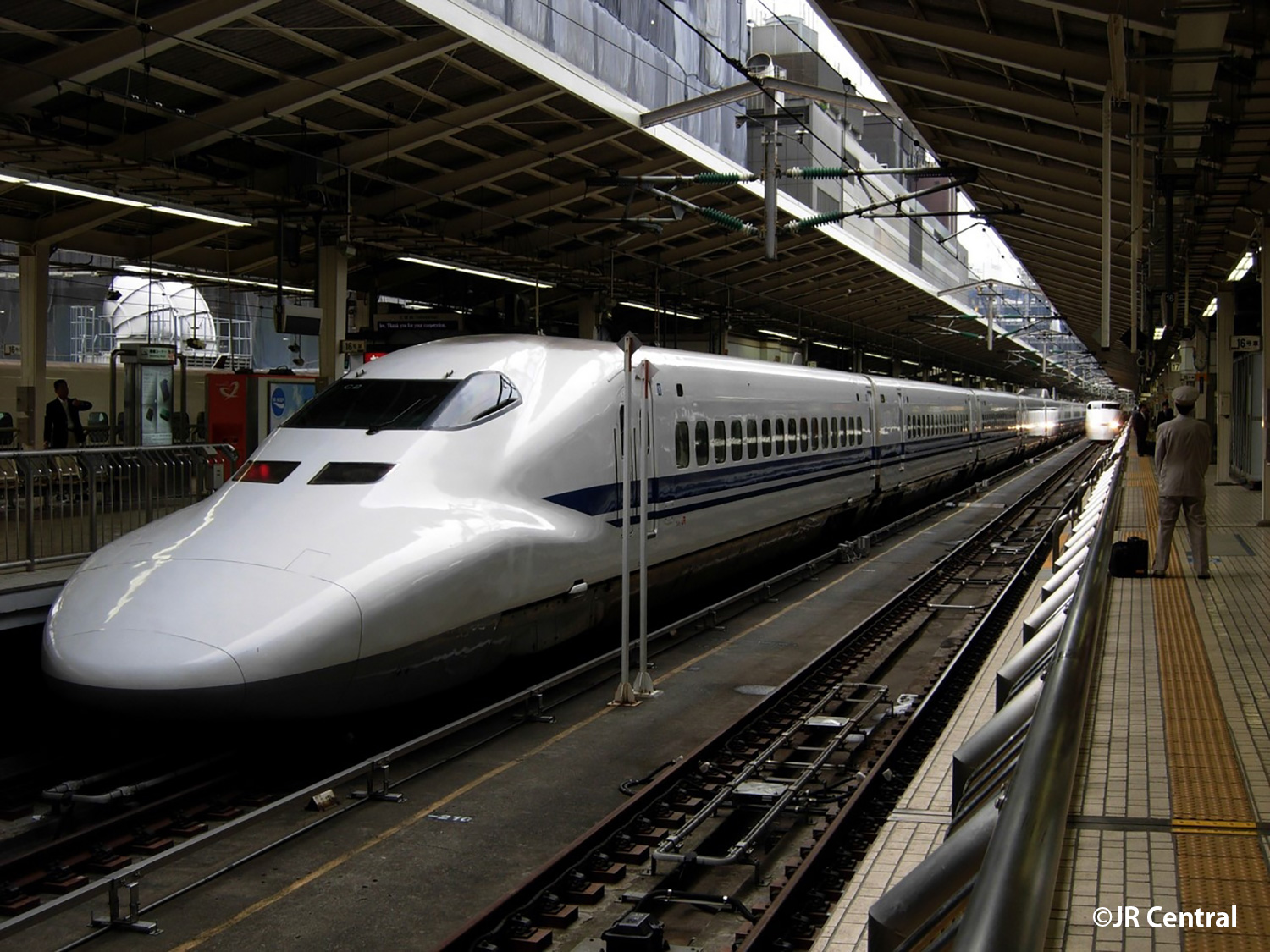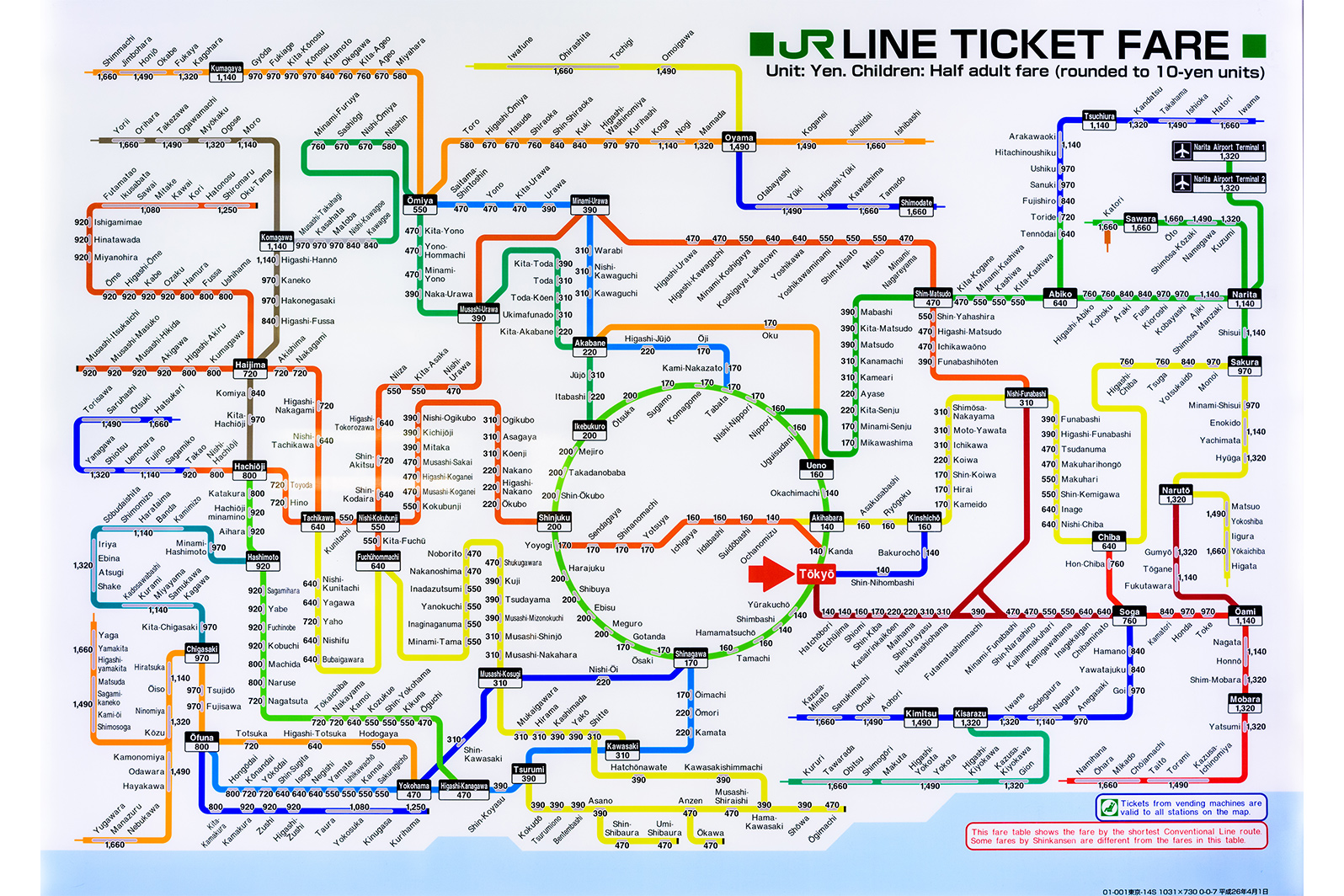
March 2020
Konnichiwa! (G'day in Australian)
If your local bookie was taking BYO betting markets, I’d be confident in placing a monstrous bet that you have already heard about or researched the Japan Rail Pass (JR Pass). In the case that I am wrong and I’ve bankrupted myself, at least I’ll sleep well knowing that after reading this you will have an arsenal of information on how you’re going to make your way around Japan!

What if I told you that the JR Pass got you unlimited travel on a few busses and a ferry?
In theory, I wouldn’t be wrong, but funnily enough, the passes really give you access to the uber-precise Japanese railway system. You can scoot all around Japan with these encompassing passes, however, it’s worth knowing a little bit of how the Japanese rail behemoth is structured before we get into details.
In 1987 The Japan Railways Group took over the operation and infrastructure of government-owned rail networks. Fast forward and we now have 6 different JR passenger railway companies that offer 29 different JR passes.
These 29 passes come in all shapes and sizes, such as a 1-day Kansai area pass or the big kahuna, the 21-day national pass. Each pass is designed to give your itinerary and budget the flexibility and freedom of choice it deserves. There are also two styles of travel, Ordinary and Green, or maybe better represented as the economy and business class.
Navigating your way around 29 passes can be quite difficult if you haven’t been to Japan or have a preternatural knowledge of railway systems. For this reason, the cooperating areas of JR Central, East, Kyushu, Hokkaido, West and Shikoku have created the JR National Pass, the ultimate tool for getting you from A to B.
The JR National Pass gives you access to:
It’s amazing how seven bullet points can impart the incredible value of one humble rail pass! However, the budding skeptic inside you is probably thinking ‘what’s the catch?’
There are only two catches…..
The JR National Pass DOES NOT give you access to:

Look It’s not ideal, but before we start cursing the JR Corp, let’s explore these exclusions a little further.
The fact that you cannot travel on the NOZOMI or MIZUHO class Shinkansen is not exactly a huge disadvantage. You still have access to 19 other types of Shinkansen, so do not despair! The benefit of the NOZOMI and MIZUHO Shinkansen is that they have fewer stops and, what a surprise, you arrive at your destination sooner.
The next catch is the private railway lines and this is a doozy, probably one the most commonly misconceived aspects of the JR pass. Unfortunately, not all railway lines are owned by The Japan Railways Group. My brain hurts looking at this, no matter how many times I lay my eyes on it. But these are lines owned by JR where you can use your JR Pass. This is really pertinent for travel within the cities of Japan as most have plenty of private railway lines.

To get on these private lines, you will need to get yourself an IC Card. These IC cards are pre-paid, tap-on-tap-off cards that allow you access to most private lines. Metro and subway travel is really quite inexpensive, so it’s not the end of the world. Make sure to check out my article about IC Cards and how to choose one that’s right for you.
See, not so bad after all.
Recapping all of this:
The JR National Pass is a really awesome tool for getting around the numerous cities of Japan, this much is the fact. However, this doesn’t necessarily mean that you need one. I know, I know. I talked about all this value and how great and flexible the JR National Pass is and now I’m saying you don’t need one? But hear me out.
Firstly, this is the current pricing for the JR National pass;
|
Green Class |
Ordinary Class |
|||
|
Adult (12+) |
Child (6-11) |
Adult (12+) |
Child (6-11) |
|
|
7-day |
$517 |
$259 |
$387 |
$194 |
|
14-day |
$836 |
$418 |
$616 |
$308 |
|
21-day |
$1088 |
$544 |
$789 |
$394 |
(*Prices are approximation)
Like many other passes around the world, there is a point where you meet or exceed the initial outlay for the pass. This is a super important calculation that will give you insight into how much value you will get from your pass.
The first part of the calculation is the outlay, which will vary depending on where you actually purchase the pass from. The second part of the calculation is factoring in your itinerary. To do this we need to head over to our best buds at HyperDia.
Whilst you are planning your Japan itinerary, this website will be your best friend! Aside from timetables and routings, it also gives you approximate costs. This is the most important thing right now, given that our quest is to find out if you need a JR National Pass.
this ticket costs 14,140 YEN inclusive of a seat reservation. You can opt-out of this seat reservation process at the station to make it a little cheaper, but considering it is free as part of the JR National Pass, let’s compare apples to apples.
Doing a bit of quick maths, you can see that if you were to purchase a 7-day JR National Pass and you were to travel from Tokyo to Osaka return, you would hit your breakeven point! This means that anything else that you do, say a day trip to Himeji Castle or Naoshima Art Island, is completely free! (don’t you love that word, I certainly do)
However, on the flip side of this coin, if you were only traveling from Tokyo to Osaka one way it makes no sense to get a National JR Pass. It would save you almost 15,000 YEN if you purchase a sector ticket when you get to Japan. 15,000 YEN…..Imagine the possibilities….
HACK - When doing your calculations, my suggestion is only taken into account the Shinkansen travel, not the applicable JR metro/subway travel. JR travel within the cities is really inexpensive, around ¥200 per journey, if even that. Make your calculations off the Shinkansen travel and if you are traveling enough to make your money back on a pass, reap the benefits of free travel on the other JR lines and services.
The key to all of this is a thorough research of your itinerary. Information is king!
Recapping all of this:
Alright! You’ve decided that your itinerary warrants purchasing a JR pass, now for the wallet deflating task of actually purchasing a JR pass.
There are many vendors of the JR pass worldwide, and like many other products online, some are reputable and others are not so much.
The safest option of ordering yourself a JR pass is through JTB, Japan's largest travel and tourism organisation. Founded in 1912 by a joint venture between the corporate sector and the government, JTB and its constituents have a wealth of knowledge and experience in their specialty, Japan.
IMPORTANT- When you purchase a JR National pass online, you are actually purchasing an exchange coupon, not the physical pass. These are only valid for 3 months from the date of the issue! So if you’re planning on going in 12 months' time, sit down and relax, you have plenty of time.
Recapping all of this:
Paint a picture in your mind, you are in Japan with your JR exchange coupon in hand, silently daydreaming of all the incredible places that it will take you. Now, you wake from this and realise that Japanese train stations and airports are like labyrinths and you don’t actually know where to go, or how to get your JR pass!
The first step of this process is you entering the country and getting your temporary visitors (TV) permit from immigration. Whilst there are many passports that entitle you to the TV permit, there are also plenty of nations whose passports require them to get a more complex visa for their visit. If you are in doubt about your visa situation, please contact your nation's department of foreign affairs to check if you require a complex visa for entry into Japan.
Once you have cleared immigration and have a TV permit in your passport, it’s time to go to a JR office to get your pass;
HACK- if you are at the airport and you don’t intend on using your JR pass straight away, save yourself some time and hold onto it and get it redeemed at one of the train stations. Airport locations can have lengthy lines as every man and his dog wants to redeem their pass straight away!
Actually redeeming the JR pass is deceptively easy. Once at the train station, the attendant will run you through the process and issue your actual JR pass. You will need to fill out a small form that contains a pertinent piece of information, your first day of use.
JR passes are valid for calendar days rather than an hour based system, this means that if you redeem your JR pass at say 5 pm and use it on the same day, this will count as an entire day rather than the pass is valid from 5 pm to 5 pm.
Back to the first day of use, if you do not intend to use your pass from the airport you can future date your JR pass so that it is active from a specific date. This will give you maximum use of the pass!
HACK- You have access to both the Narita Express and the Tokyo Monorail as a part of your pass. The Narita Express is quite an expensive service, YEN3300 per way, so sometimes it is worth using your pass to include this if your itinerary permits. On the flip side of this, going from Haneda airport on the monorail or the Keikyu line is quite inexpensive and, unless you have other travel planned on that day, it is not worth using a day of your JR pass for.
Our other article explains whether or not it is worth it to buy a JR Pass for you.
Read: Is it worth buying a Japan Rail Pass for my Japan trip? - Answered
Also, if you have questions about JR Pass, our official video will likely answer your questions.
Hopefully, now you are a little bit more confident about what the JR Pass is, how it works and whether or not you need one. The JR Pass is an awesome tool for some people, but for others, it may not really be worth your while. It is super important that you think about what your plans are whilst you are in Japan before you dive headfirst into a sizeable monetary investment that is a JR Pass.
Happy travels!